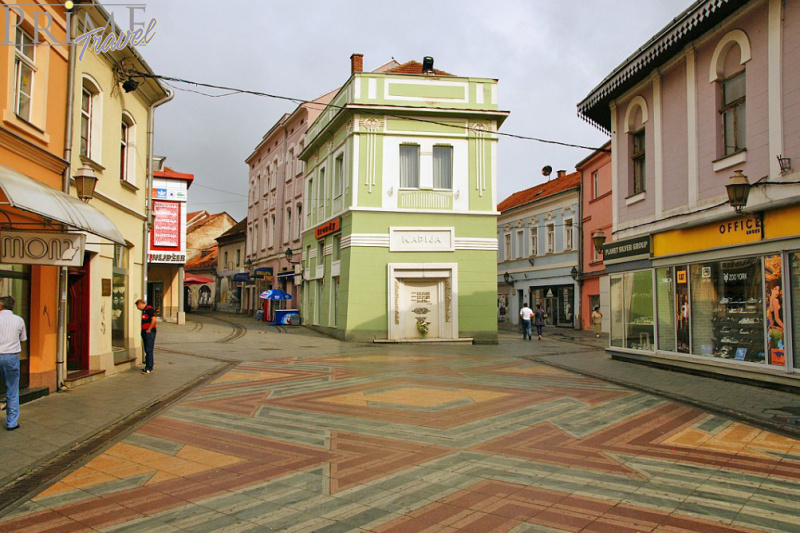
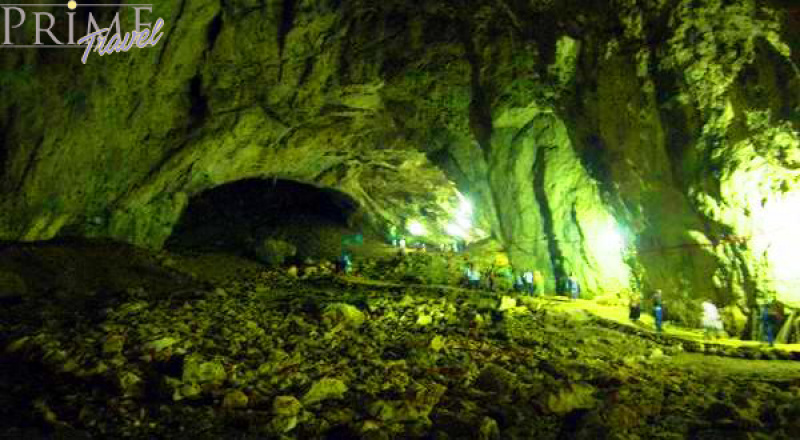
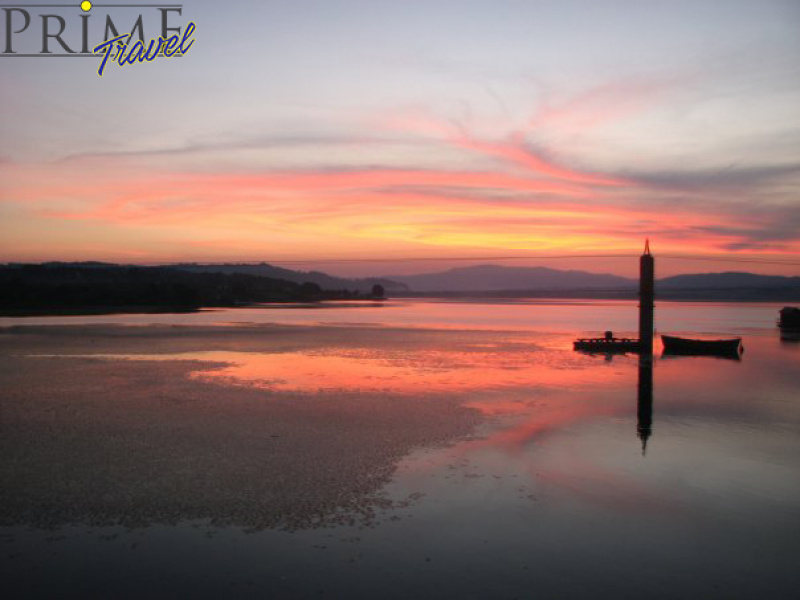
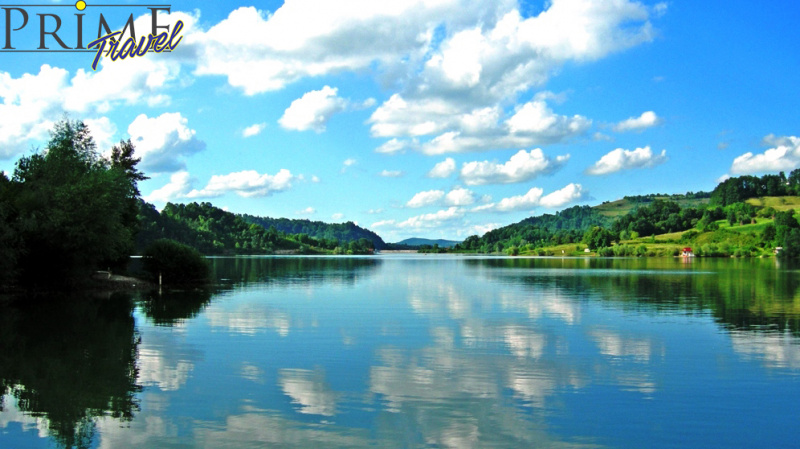
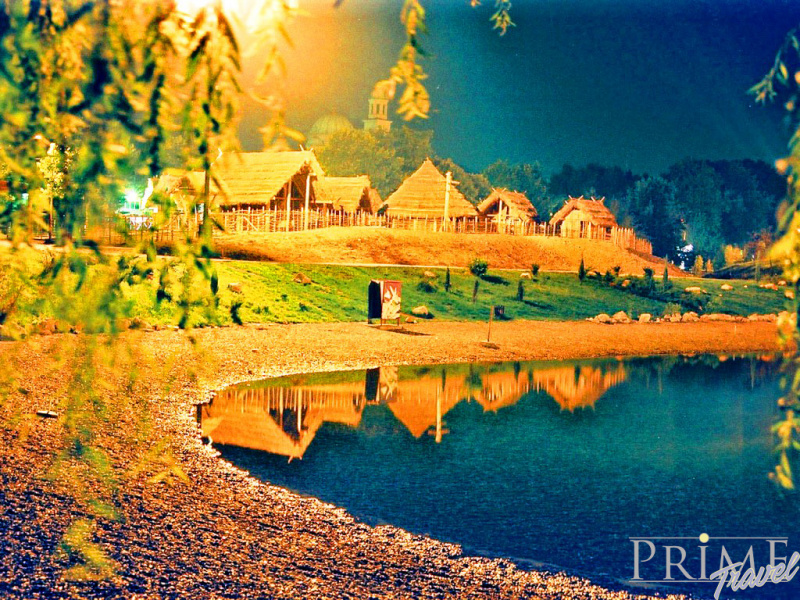
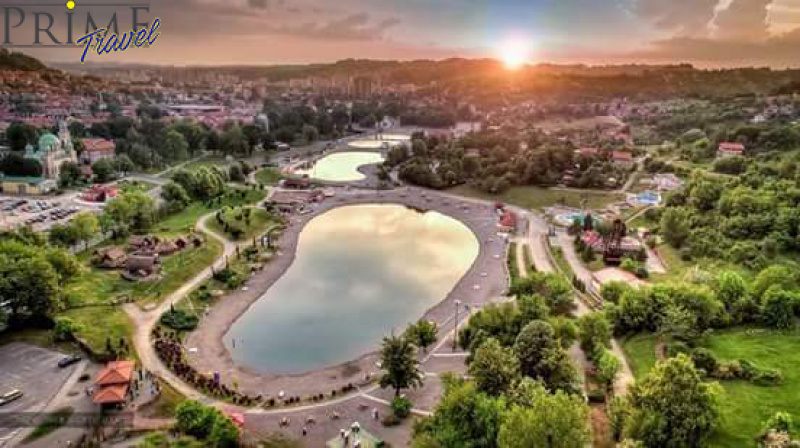
Price: Contact us
Tuzla is one of the oldest villages in Europe with continuity of living. Proof of this are the remains of the old lake-dwelling settlement from Neolithic times. Archaeologists have discovered numerous villages with rich remnants of the material culture of the ancient inhabitants of the area. They have found a large number of Neolithic clay pots with various ornaments of black, gray and red pottery or a stone knives, axes, scrapers and other. The remains of food, human bones, animal bones and various fruits that are used for human consumption of that era. These datas confirm the claims that the Tuzla area has been inhabited since the Neolithic Age.
Among the archaeological materials findings the highlight were a ceramic Neolithic vessel which was intended for cooking salt water and salt production.
The first written mention of Tuzla dates from 950. That year, the Byzantine historian and Emperor Constantine Porphyrogenitus in his work "About administration of the state", specifically mentioned Tuzla as a city, under the Roman name Salines which means salt city, with a note that it is a part of the Rasa Prince Caslava, who was killed in a battle with Hungarians.
1463, Tuzla became a part of the Ottoman Empire, and from that time comes its current name, which is derived from the Turkish word tuz, which means salt.
After the departure of the Ottomans in 1878, the city became a part of the Austro-Hungarian monarchy. After the end of World War, Tuzla and the whole Bosnia and Herzegovina were a part of the newly formed Kingdom of Serbs, Croats and Slovenes, from 1929, called the Kingdom of Yugoslavia.
Sights you can visit in Tuzla:
Archaeological Park - Neolithic village of Tuzla
Archaeological Park is a reconstruction of a part of the Neolithic lake-dwelling village discovered in Tuzla. Park is an outdoor museum located in the southeastern part of the complex Panonnica leaning on a hilly elevation along Panonnica which aims to present to visitors a part of the archaeological and historical past of the town of Tuzla, as a way of life, as material and spiritual, and in particular the first salt production in the Neolithic age.
Modrac lake
Modrac lake was created in 1964 by building a dam on the river Prevent in Lukavac, Lukavac municipality.
This is one of the largest reservoirs in the former Yugoslavia, in which flow the rivers Spreča and Turin. It covers about 17 square kilometers, the maximum depth is about 20 m., the largest width of about 1600 m., a length of 11 km.
Girls´ cave
One of the Bosnian most interesting cave is located in the municipality of Kladanj in the village Brateljevići. The entrance to the cave is about 30 meters high above the right bank of the river Bukovica tributary Drinjača. In addition to the cave name in Brateljevici they also accepted the name "Girl's cave" and all because of the legend about a girl (the folk narratives says that the legend dates back to the early Ottoman and even back up to 400 years where the same was passed from generation to generation to the present day).
The legend says (that site, the cult and the grave proving) that it all happened on an ordinary rural fracture, where the boys and girls teased various wisecracks and one of the tasks of courage proof was the bet of the guys who will have the courage and "hop" to the caves and from the heart of the caves bring a jug of chilly water. As no one of the guys showed the courage for the act, one of the girl accepted the challenge. To convince the audience that she will truly go into the Cave she brought with her as an evidence a spindle, which she will drive next to the source in the cave. The brave girl dared to do the specify act, she went alone to the far cave, drew water from a source and when she wanted to drive the spindle near to the source, the same pierced through the skirt, in an attempt to stand up she felt that "something" pulls her into the source, because of the great fear she died on the spot.
The girl is buried right next to the source, and shortly after her grave turned to stone.
Our ancestors turned the same place into Dovište, which is today one of the most important pilgrimage sites in the region. Also gathering up to fifty thousand pilgrims in one day. Pilgrimage site is considerably older than Ajvatovica the same pilgrimage Bosniaks from Kladanj to the Drina and Posavina even central Bosnia
In the cave have been founded drawings - engravings, on its left-hand wall of the entrance area and occupy an area of approximately 15 meters in length.
Box with drawings begins about 9 meters from the entrance. It is home to scenes with riders on horseback and one hunting scene. Next to the interior is lined with other topics, deer, human figures, surfaces with dots.
To the left of these groups are symbolic performances, rectangular box filled with dots, schematized of a man, the phallus, the arrow second elusive forms.
In any case, the art shows there are three types; horsemen, standing male and three female figures as well as animals deer and horses. All these engravings and drawings indicate the epoch of early Stone Age - the Palaeolithic, older than 10. 000 years.
Pannonian lake
Pannonian lakes are salt artificial lakes in Tuzla. Tuzla "Panonika" Pannonian lake, which is located in the city center on the site of the former "salt wells."
In the complex of Pannonian lake is the lake-dwelling neolithic heritage, sports fields, salty waterfalls and many other facilities.
Pannonian lakes represent unique examples of salt lakes in Europe, and have healing properties due to the content of salt and other minerals. The water in the lakes is constantly circulating, and purified the sand filters.